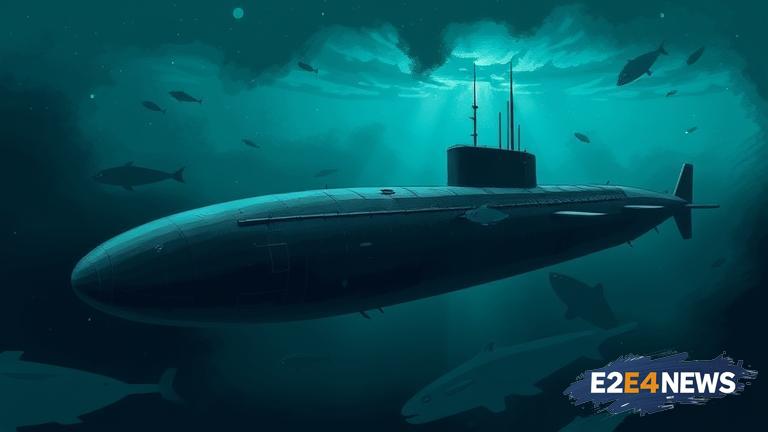The concept of underwater warfare dates back to the American Revolutionary War, with the first recorded use of a submarine in 1775. The Turtle, a hand-powered vessel, was used by the Continental Army to attack British warships. However, it wasn’t until the 19th century that submarines began to take shape as a viable military asset. The Civil War saw the introduction of the first combat submarine, the CSS Hunley, which successfully sank a Union ship in 1864. The early 20th century witnessed significant advancements in submarine technology, with the development of diesel-electric propulsion and the introduction of the first U-boats by Germany during World War I. These early submarines played a crucial role in the war, with Germany’s U-boat fleet sinking over 4,800 Allied ships. The interwar period saw the rise of submarine fleets in various countries, including the United States, Japan, and the Soviet Union. World War II marked a significant turning point in submarine warfare, with the German U-boat fleet wreaking havoc on Allied shipping lanes. The United States and the Soviet Union also developed formidable submarine fleets, with the former playing a crucial role in the Pacific Theater. The Cold War era saw the introduction of nuclear-powered submarines, which revolutionized underwater warfare. The United States and the Soviet Union engaged in a series of submarine-related incidents, including the Cuban Missile Crisis. Modern submarines are equipped with advanced technology, including ballistic missile capabilities and stealth design. The use of submarines in modern warfare has become increasingly sophisticated, with countries like China and North Korea developing their own submarine fleets. The history of submarine warfare is a testament to human ingenuity and the ongoing quest for military superiority. As technology continues to evolve, the role of submarines in global conflicts will likely remain a crucial aspect of naval warfare. The development of unmanned underwater vehicles and advanced materials will likely shape the future of submarine warfare. Furthermore, the increasing importance of maritime trade and the need to protect sea lanes will continue to drive the development of submarine technology. In conclusion, the history of submarine warfare is a rich and complex topic, spanning centuries and playing a significant role in shaping global conflicts. The ongoing development of submarine technology will likely continue to influence the course of naval warfare, making it an essential aspect of modern military strategy.
Sat. Oct 25th, 2025
